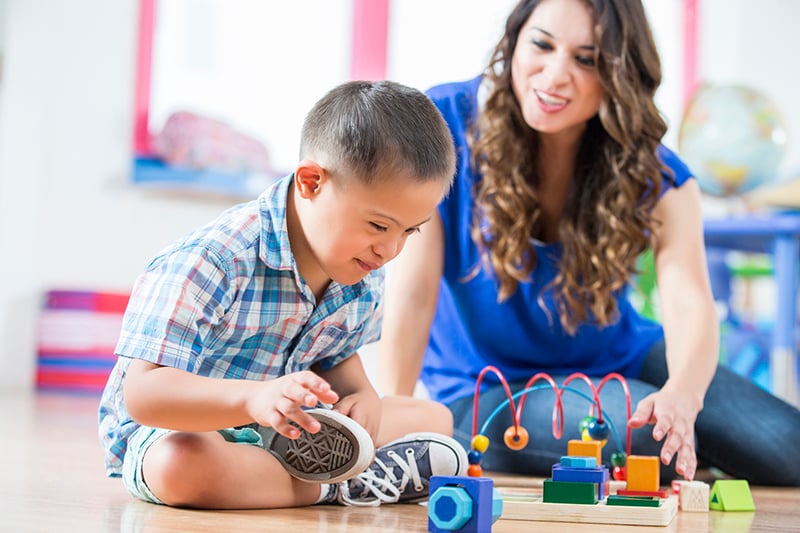Continue reading Five (Unusual) Wheelchair Friendly Travel Options
Category: Children
Three Ways to Help Your Child
All parents are scared to death when told their newborn will likely not make it through the night. My Mother and Dad were no exceptions.
Understanding Autism
What’s the Best Thing to Do About Bullies?
Autism: On The Spectrum
Autism is defined as a neural developmental disorder that is most often characterized by communication difficulties and impaired interaction with others. Symptoms may include, avoiding eye contact and a lack of perceivable empathy. Many people with autism display repetitive behaviors, such as rocking and hand flapping. Some behaviors may be self abusive like head banging and biting. The amount of individuals with Autism Spectrum Disorders or ASD is unclear. It is estimated that, in America, approximately one out of 110 children have ASD of one severity or another. Boys are more likely than girls to be diagnosed by a ratio of four to five, according to current data. Racial and socioeconomic factors seem to have no bearing on the rate of occurrence of ASD in children and adults. Most cases of autism manifest observable symptoms very early and are diagnosed with ASD before the age of three.
Resources for Parents of Children with Special Needs
- Special Ed Advocate: A wealth of information on special education advocacy.
- COPAA: Council of Parents and Attorneys.
- Disability Rights and Educational Defense Fund: Disability Legal Defense
- The Bazelon Center for Mental Health Law: Legal advocacy for the civil rights people with mental disability
Continue reading Resources for Parents of Children with Special Needs

